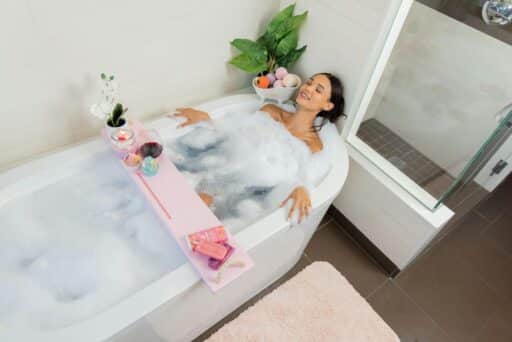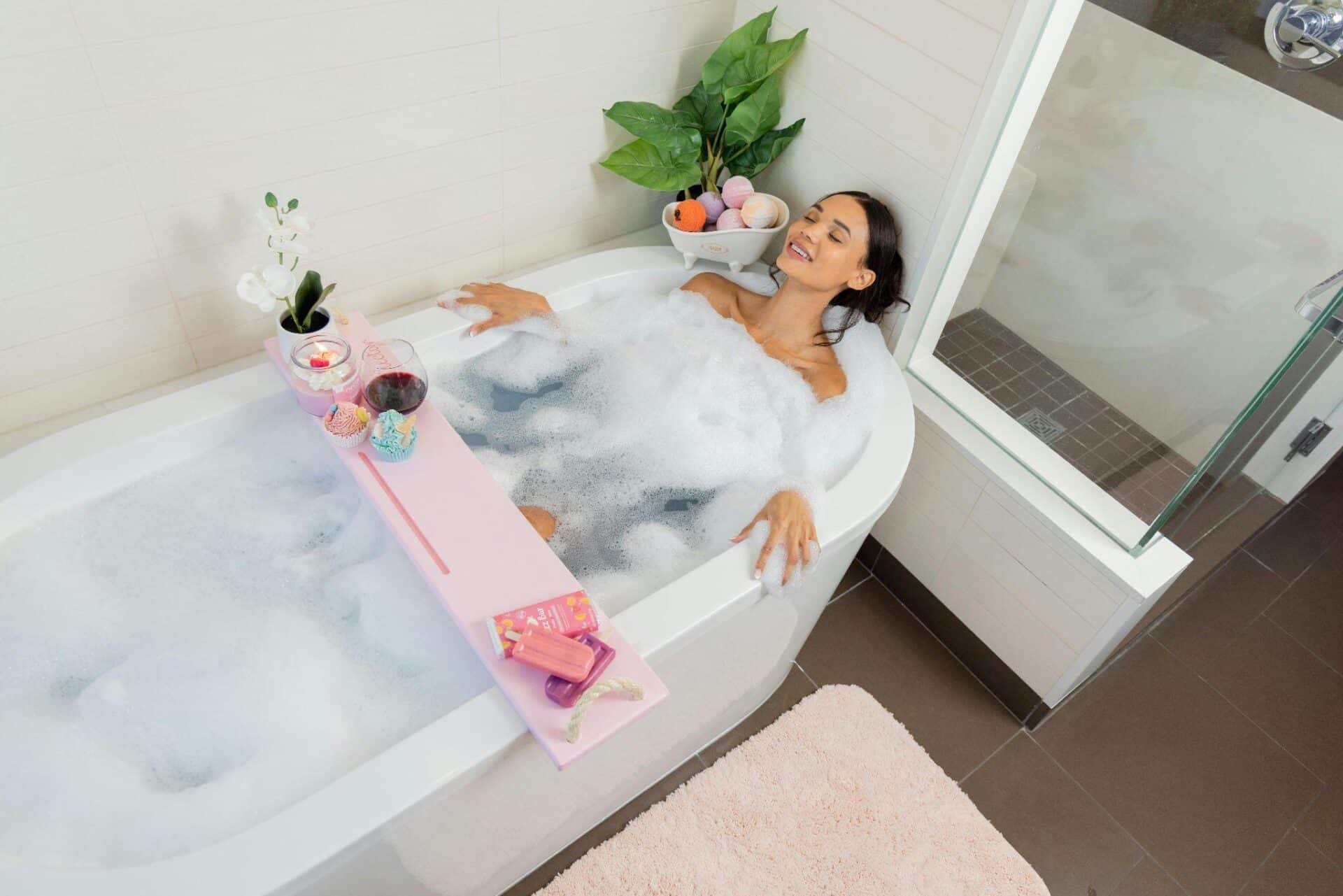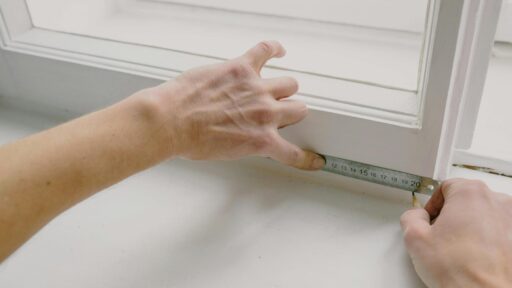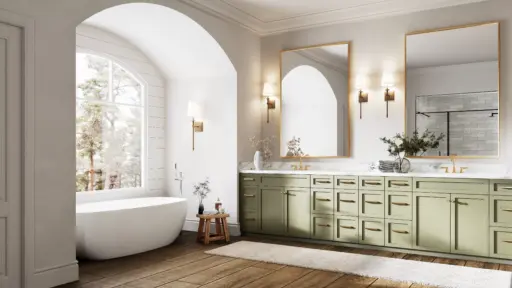Source: Pexels.com
Hot tubs are magical… until the bill hits. You know the drill: long soak, steam rising, shoulders finally unclenching. Then the next day, you’re staring at your power statement, wondering if you accidentally left the house lights on for a month. Nope—it’s the spa.
Heating water is already one of the biggest household expenses (about 18% of total energy use), and when you’ve got 400 gallons sitting outside fighting the weather, it adds up fast.
The good news? You don’t have to choose between comfort and cost. A few smart tweaks make a big difference, and none of them ruin the whole point of owning the thing.
1. Use Efficient Covers to Keep the Warmth In
Ever wrestled with a spa cover that feels like it’s filled with wet sand? That heavy, waterlogged thing isn’t just a nuisance—it’s a giant energy leak.
A decent cover can reduce heat loss by up to 70%, which is huge when you think about how often your spa is just sitting there, covered but still warm.
And don’t forget the thermostat. Knocking it down by just a couple of degrees—say from 104°F to 102°F—can shave 10–15% off your annual energy use. Most people don’t even notice the difference in comfort, but your bill definitely will.
2. Upgrade the Pump
Here’s where it gets interesting.
A lot of people assume their pump will just run forever. Not true. Old pumps can be sneaky energy hogs. Some run constantly, burning electricity just to keep water moving.
This is where hot tub pump upgrades come into play. The newer models are built for efficiency—better flow, quieter operation, less energy.
Think of it like switching from an old flip phone to a modern one—not because you need the bells and whistles, but because it just… works better. Over time, the savings add up, and you don’t have to sacrifice water quality to get there.
3. Don’t Neglect Maintenance
Nobody buys a hot tub dreaming about rinsing filters. It’s the least exciting part of ownership, but skipping it costs you. Dirty filters make pumps strain and heaters work overtime. According to industry data, clogged filters can bump up energy use by as much as 30%.
I knew a guy who hadn’t cleaned his spa filters for a very long time. His tub was basically a bubbling swamp, and he couldn’t figure out why his electric bill spiked. A simple filter replacement dropped his costs and made the water look human-friendly again.
Sometimes it’s the boring tasks that save the most. If you’ve ever wondered are infrared saunas dangerous, exploring this topic can give you clarity and confidence when upgrading your wellness space.
4. Timing Really Does Matter
Here’s where strategy kicks in. Many utilities charge more during peak hours—usually between 4 and 9 p.m. That’s prime soaking time, unfortunately.
But if you schedule your heating and cleaning cycles for off-peak hours, you can cut down on your energy consumption, depending on your area.
And if you’re willing to plan a little, you can let the water heat up right before you plan to get in, instead of running it full tilt all week long. It feels less convenient at first, but the trade-off is a smaller bill. Worth it.
Wrap Up
The spa is supposed to be your escape, not another stress point. Lowering energy costs doesn’t mean giving up long soaks or dialing back the comfort. It means paying attention to the parts that matter: keeping the heat in, upgrading aging equipment, cleaning filters before they turn into fossils, and heating smart.
The bottom line? The spa isn’t supposed to stress you out—it’s supposed to undo the stress. And with a little attention, you can keep it that way while giving your wallet a break, too.








